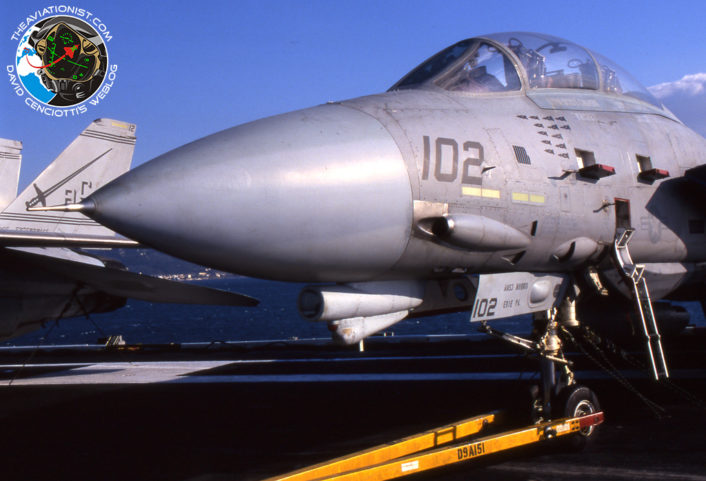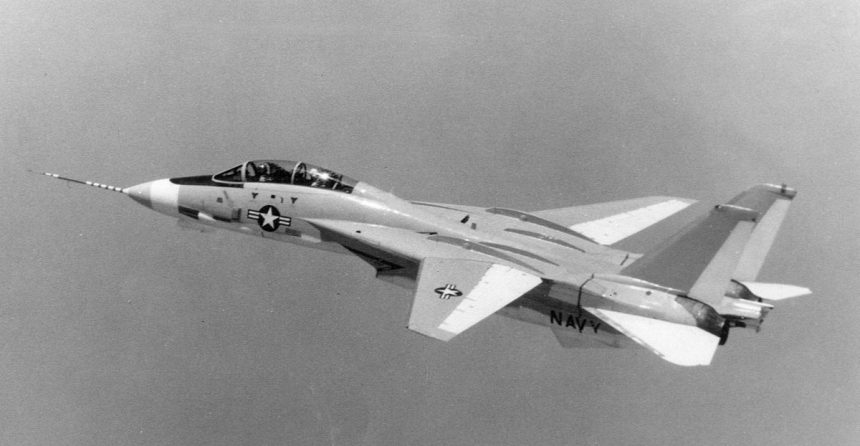It’s the anniversary of Turkey’s first flight.
On Dec. 21, 1970, the first Full Scale Development (FSD) Grumman F-14A Tomcat (BuNo 157980) took off for its maiden flight from Grumman’s flight test centre at Calverton, on Long Island.
The poor weather conditions forced the two test pilots flying the first “Turkey” (as the aircraft would be later nicknamed), Grumman chief test pilot Robert K. Smyth and project test pilot William Miller, to cut the maiden flight, carried out a month ahead of the contracted data, short. However, in spite of the short duration of the flight (consisting in a few visual patterns with wing swept forward), the F-14 had taken to the air for the first time: the first of many flights in the U.S. until the last one conducted in 2006.

The F-14 BuNo 157980 took off for the second test flight on Dec. 30 with the two test pilots swapping their seats: Miller sat in the front cockpit and Smyth in the back. The second flight is quite famous in the story of the Tomcat, as the aircraft crashed due to hydraulic failure: a mishap that was caught on camera by a chase plane.
Here’s how we described that second sortie in a previous article we published here at The Aviationist:
It was during this flight that a chase plane noted that the Tomcat was leaving a trail of smoke: shortly thereafter the F-14 experienced a primary hydraulic system failure forcing Miller to head immediately back to base.
While they were preparing to land, the secondary hydraulic system also failed, due to the use of the emergency nitrogen bottle to lower the landing gear: once it failed, the crew tried to rely on the Combat Survival System which had to supply the power to the rudders and tailerons only.
However this last limited control system showed signs of failing as well, the pilot lost control all over the aircraft and the crew was forced to eject.
The breakdown was caused by a fatigue failure of both titanium main hydraulic lines due to a coincidence of pump resonance and a loose connector: ironically, the F-14’s hydraulic system was fixed by changing from titanium to stainless steel hydraulic lines only.
As you can see from footage (around 03:20 min), the crew ejected only few meters above the trees but, luckily, they suffered only minor injuries.
Sadly, Miller died on 30 June 1972 when its Tomcat crashed into Chesapeake Bay during preparation for an air display with the tenth FSD F-14 (BuNo 157989), while Smyth passed away this year.
Both Smyth and Miller contributed in bringing the last in a long tradition of Grumman Cats to life.
The F-14 is still flying in Iran.









